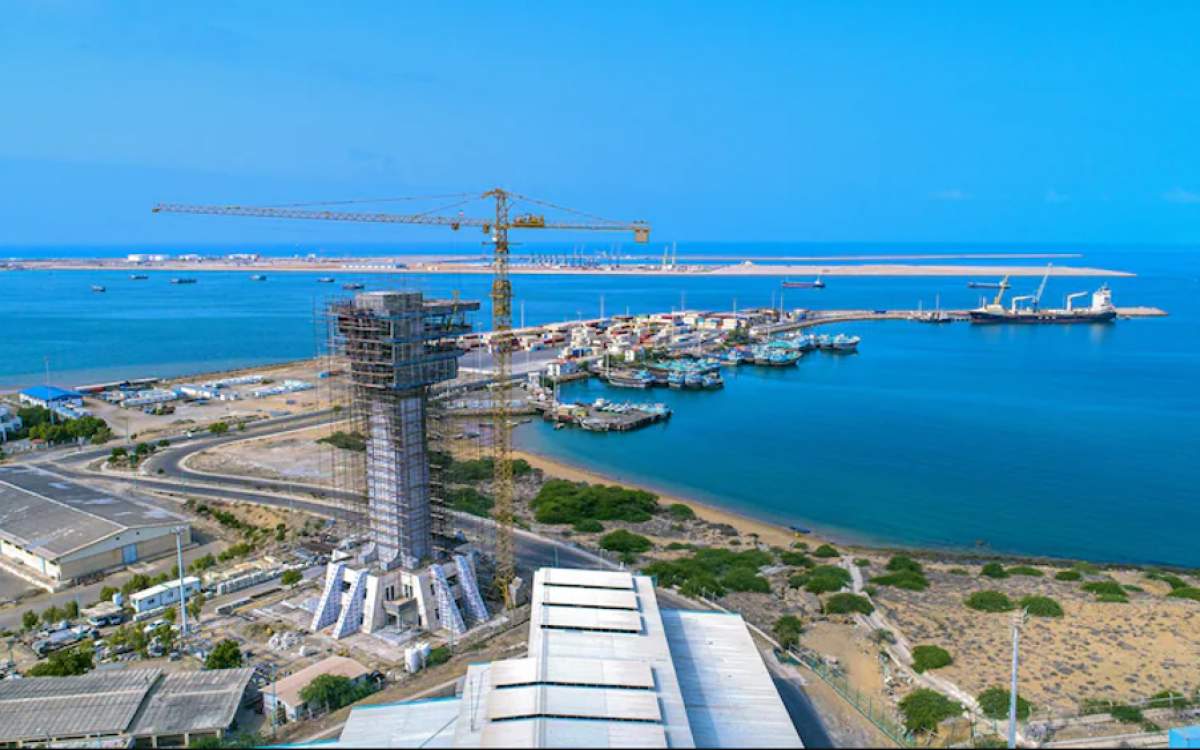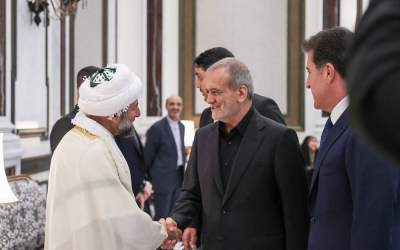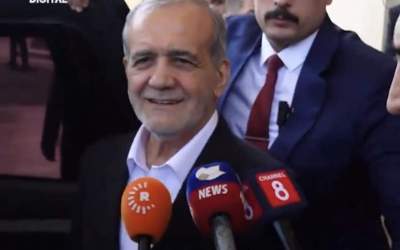The Iran Project
: Leader of the Islamic Revolution Ayatollah Seyyed Ali Khamenei on Tuesday highlighted Iran’s gifts and capacities, citing the country’s natural, abundant, and valuable resources, its strategic geographic location at the crossroads of the world’s major trading routes, along with its extensive coastlines.
Sunday 1 September 2024 - 03:00
Story Code : 427353
Source : Press TV
Iran’s enormous capacities for economic prosperity
Iran is geographically located at the crossroads of Asia, Europe and Africa. It is flanked by the North-South Corridor on the one side and the East-West Corridor on the other where its nationwide railway network along with suitable road transport infrastructure and access to international open waters makes it a prime choice of countries for secure transportation and transit of goods.
By ramping up the cargo handling and completing the transit rail map through linking Chabahar on the Sea of Oman to Sarkhs on the border with Turkmenistan and Khorramshahr in southwest Iran to Basra in Iraq, Iran is forecast to generate $26 billion in annual transit revenues.
This income, which is more than half of Iran's annual oil revenues, can trigger a boom in production and create jobs for more than 1.5 million people, beside ushering in a wave of construction and development in the populated areas where the railway passes.
Iran, a vast country and the most stable one in West Asia, is geographically located in the neighborhood of 15 nations whose population totals more than 600 million people. By the end of 2017, Iran's neighbors traded more than $2 trillion a year, of which Iran's share was $36 billion, or about 1.7% of the total.
Currently, Iran’s annual oil and non-oil trade totals about $100 billion. Experts say if the country increases its share of regional trade by only 5% through activating regional economic diplomacy and forging bilateral monetary agreements and indirect banking, it will be able to create trade in excess of $100 billion with its neighbors.
This, they say, will set the basis for the creation of 4 million jobs in the country in the most pessimistic outlook. Moreover, the emergence of a market of this size will lead to a boom in domestic production.
Iran also straddles the world’s main orogenic belts, where some 104 billion tonnes of potential reserves of minerals, or 7% of the world's total, are locked in. The country is home to some 68 types of minerals, which include 6% of the world’s known copper reserves, 3.5% of lead and zinc, 10.5% of coal and 2% of iron ore deposits.
Their total worth is estimated at $700 billion, which can generate added value in excess of $4 trillion with investment in infrastructure development, processing and exports.
The discovery of oil and reliance on oil revenues consigned the extractives sector to oblivion even though it could generate several times more income than the oil sector with even less investment.
The same goes for agriculture, which is one of the most important and strategic sectors in economic development, to which the food security of a society is tied.
There are about 37 million hectares of suitable agricultural land in Iran, of which 18.5 million hectares are currently cultivated. What the country needs is to promote scientific management and cultivation of agricultural lands in order to boost production and employment, strength food security and provide for abundant food and nutrition supplies.
One of the main inputs for production is energy. Many industrial powerhouses such as South Korea, Japan and European countries depend on foreign energy resources for production.
Iran is where more than 48% of the world's oil and gas is located. The country also possesses the world’s largest oil and gas reserves combined. With its natural resources, mines, fertile lands, capable, educated, expert and committed human resources taken together, Iran is best placed for a leap in numerous development fields.
For this to realize, Iran has to put jihadist, tireless and scholarly management practices into the best use and bring together the indigenous capacities of various areas in order to turn the country's economy into a thriving and impregnable fortress.
Reporter : Editorial of The Iran Project
# Tags











